Understanding the Difference Between Osteoarthritis and Rheumatoid Joint Health Issues
Osteoarthritis and rheumatoid arthritis are two of the most common joint health issues that can cause pain, stiffness and swelling. While they are both inflammatory conditions, they are very different in their causes and treatments. Osteoarthritis is the result of wear and tear on the joints, while rheumatoid arthritis is an autoimmune disorder. Knowing the difference between the two can help you better understand your joint health issues, and allow you to make informed decisions about your healthcare needs. In this article, we will explore the differences between osteoarthritis and rheumatoid arthritis, and discuss the treatments and management strategies for each.
Blog Contents
What is Osteoarthritis?
Osteoarthritis is the most common form of arthritis, and it occurs when the cartilage that cushions the joints becomes worn down due to injury, age, or overuse. This can lead to pain and stiffness in the joint as well as swelling in some cases. It typically affects weight-bearing joints such as the knees and hips, but it can also affect hands, wrists, elbows, and other non-weight bearing joints. Osteoarthritis is a degenerative condition that cannot be reversed; however, treatments such as physical therapy, medications, and lifestyle modifications can help manage symptoms.
What is Rheumatoid Arthritis?
Rheumatoid arthritis is an autoimmune disorder, meaning it is caused by the body's own immune system attacking healthy joint tissue. It can cause pain, swelling, stiffness and deformity in the joints, as well as fatigue and other symptoms. Treatment includes medications to reduce inflammation and slow disease progression, physical therapy to maintain joint range of motion and strength, lifestyle changes to reduce stress on the joints and sometimes surgery to repair or replace damaged joints. What is Osteoarthritis? Osteoarthritis is a degenerative joint condition caused by wear and tear on the joints due to aging or injury. It can also be caused by obesity or genetics. The most common symptom of osteoarthritis is pain in the affected joint(s). Treatment for osteoarthritis typically includes medications to reduce pain and inflammation, physical therapy to maintain range of motion in the joints, lifestyle modifications such as weight loss if needed and sometimes surgery to repair or replace damaged joints.
Differences between Osteoarthritis and Rheumatoid Arthritis
Osteoarthritis is the most common form of joint health issue, and is caused by wear and tear on the joints. As we age, our bodies are unable to repair and rebuild cartilage as quickly as it breaks down, leading to bone-on-bone contact in the joints. This can cause pain, stiffness, swelling and decreased range of motion. Rheumatoid arthritis, on the other hand, is an autoimmune disorder that causes inflammation in the joints due to an attack by the body’s own immune system. It typically affects multiple joints at once, and can cause joint deformity if left untreated.
Symptoms of Osteoarthritis and Rheumatoid Arthritis
Osteoarthritis is typically characterized by joint pain and stiffness, swelling, and decreased range of motion. It is caused by the breakdown of cartilage in the joints due to wear and tear, which can be accelerated by age, genetics, or injury. Rheumatoid arthritis is an autoimmune disorder that causes inflammation in the joints. Common symptoms include joint pain, swelling, stiffness, fatigue, and fever. In some cases, rheumatoid arthritis can also cause damage to other parts of the body such as the skin or organs. The primary difference between osteoarthritis and rheumatoid arthritis is their underlying causes. Osteoarthritis is caused by wear and tear on the joints while rheumatoid arthritis is caused by an autoimmune disorder. Treatment for each condition will vary depending on its cause and severity. Osteoarthritis can often be managed with lifestyle modifications such as diet and exercise, while medications are usually needed to manage rheumatoid arthritis.
Causes of Osteoarthritis and Rheumatoid Arthritis
Osteoarthritis is caused by the natural wear and tear of aging on the joints. It usually occurs in people over the age of 50, but can also affect younger individuals who have suffered a joint injury or who have a family history of the condition. Osteoarthritis can cause pain, stiffness, swelling and decreased mobility in the joints. Rheumatoid arthritis is an autoimmune disorder that causes inflammation throughout the body. It can cause swelling and pain in the joints, as well as fatigue and fever. Rheumatoid arthritis is most common among women between 40-60 years old, although it can affect people of any age or gender.
Diagnosis of Osteoarthritis and Rheumatoid Arthritis
The first step in managing your joint health is to get an accurate diagnosis. Osteoarthritis is usually diagnosed based on a physical exam and medical history, while rheumatoid arthritis requires additional tests such as blood work, imaging studies and a joint fluid analysis. Treatment for both conditions will vary depending on the severity of the symptoms, so it's important to have an accurate diagnosis before starting any treatment plan. Another key difference between osteoarthritis and rheumatoid arthritis is the cause. Osteoarthritis is typically caused by wear and tear on the joints due to age or injury, while rheumatoid arthritis is caused by an autoimmune disorder that causes inflammation in the joints. It's important to understand the cause of your joint health issues so you can make informed decisions about your treatment options.
Treatment and Management Strategies for Osteoarthritis and Rheumatoid Arthritis
The treatment and management of osteoarthritis and rheumatoid arthritis vary depending on the severity of the condition. In general, both conditions are managed with a combination of lifestyle changes, medications, physical therapy, and sometimes surgery. Lifestyle changes include reducing stress levels, maintaining a healthy weight, participating in regular low-impact exercise, using assistive devices such as canes or walkers to reduce strain on joints, and avoiding activities that may worsen joint pain. In addition to lifestyle modifications, medications such as nonsteroidal anti-inflammatory drugs (NSAIDs) and disease-modifying antirheumatic drugs (DMARDs) can be used to manage symptoms. Physical therapy is also beneficial to help strengthen surrounding muscles which can help improve joint function. In severe cases of osteoarthritis or rheumatoid arthritis, surgery may be necessary to repair or replace damaged joints.
Prevention of Osteoarthritis and Rheumatoid Arthritis
Preventing joint health issues is the best way to avoid future pain and discomfort. Osteoarthritis is caused by wear-and-tear on the joints, so it's important to practice good joint health habits. Exercise regularly, maintain a healthy weight, and use proper form when lifting heavy objects. For people with rheumatoid arthritis, it is important to get regular checkups and screenings to detect any autoimmune issues early on, as treatment will be more effective when the condition is caught in its early stages. Additionally, lifestyle modifications such as reducing stress and getting adequate rest can help reduce inflammation and improve overall wellbeing for those with either type of joint health issue.
Conclusion
Joint health issues such as Osteoarthritis and Rheumatoid Arthritis can be very painful and difficult to manage. It is important to understand the differences between the two so that you can best diagnose, treat, and manage your condition. With the right strategies and treatments, you can reduce the severity of your symptoms and improve your quality of life.
Article References
- Roos EM. Joint injury causes knee osteoarthritis in young adults. Current opinion in rheumatology. 2005 Mar 1;17(2):195-200.
- Gelber AC, Hochberg MC, Mead LA, Wang NY, Wigley FM, Klag MJ. Joint injury in young adults and risk for subsequent knee and hip osteoarthritis. Annals of internal medicine. 2000 Sep 5;133(5):321-8.
- Goldring MB, Otero M. Inflammation in osteoarthritis. Current opinion in rheumatology. 2011 Sep;23(5):471.
- Berenbaum F, Eymard F, Houard X. Osteoarthritis, inflammation and obesity. Current opinion in rheumatology. 2013 Jan 1;25(1):114-8.
- Choy EH, Panayi GS. Cytokine pathways and joint inflammation in rheumatoid arthritis. New England Journal of Medicine. 2001 Mar 22;344(12):907-16.
- Woo T, Lau L, Cheng N, Chan P, Tan K, Gardner A. Efficacy of oral collagen in joint pain-osteoarthritis and rheumatoid arthritis. Journal of Arthritis. 2017;6(2):1-4.
- Lugo JP, Saiyed ZM, Lane NE. Efficacy and tolerability of an undenatured type II collagen supplement in modulating knee osteoarthritis symptoms: a multicenter randomized, double-blind, placebo-controlled study. Nutrition journal. 2015 Dec;15(1):1-5.
- Boyera N, Galey I, Bernard BA. Effect of vitamin C and its derivatives on collagen synthesis and cross‐linking by normal human fibroblasts. International journal of cosmetic science. 1998 Jun;20(3):151-8.
- Trentham DE, Dynesius RA, Rocklin RE, David JR. Cellular sensitivity to collagen in rheumatoid arthritis. New England Journal of Medicine. 1978 Aug 17;299(7):327-32.
- Mantle D, Wilkins RM, Preedy V. A novel therapeutic strategy for Ehlers–Danlos syndrome based on nutritional supplements. Medical hypotheses. 2005 Jan 1;64(2):279-83.
- Block JA, Oegema TR, Sandy JD, Plaas A. The effects of oral glucosamine on joint health: is a change in research approach needed?. Osteoarthritis and Cartilage. 2010 Jan 1;18(1):5-11.
- Ostojic SM, Arsic M, Prodanovic S, Vukovic J, Zlatanovic M. Glucosamine administration in athletes: effects on recovery of acute knee injury. Research in Sports Medicine. 2007 Jun 14;15(2):113-24.
- Lambert H, Frassetto L, Moore JB, Torgerson D, Gannon R, Burckhardt P, Lanham-New S. The effect of supplementation with alkaline potassium salts on bone metabolism: a meta-analysis. Osteoporosis International. 2015 Apr;26(4):1311-8.
- Russell LA. Osteoporosis and orthopedic surgery: effect of bone health on total joint arthroplasty outcome. Current rheumatology reports. 2013 Nov 1;15(11):371.










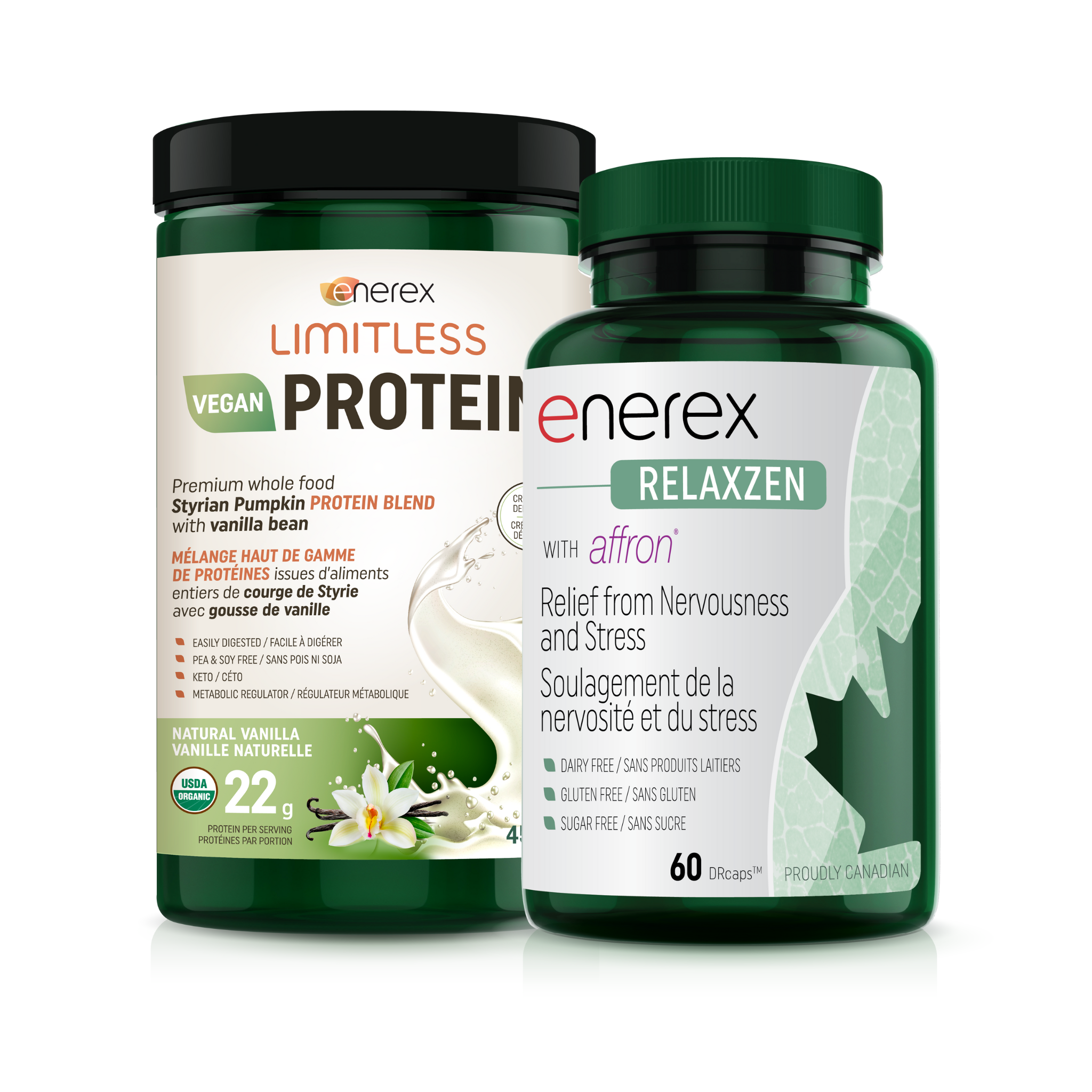
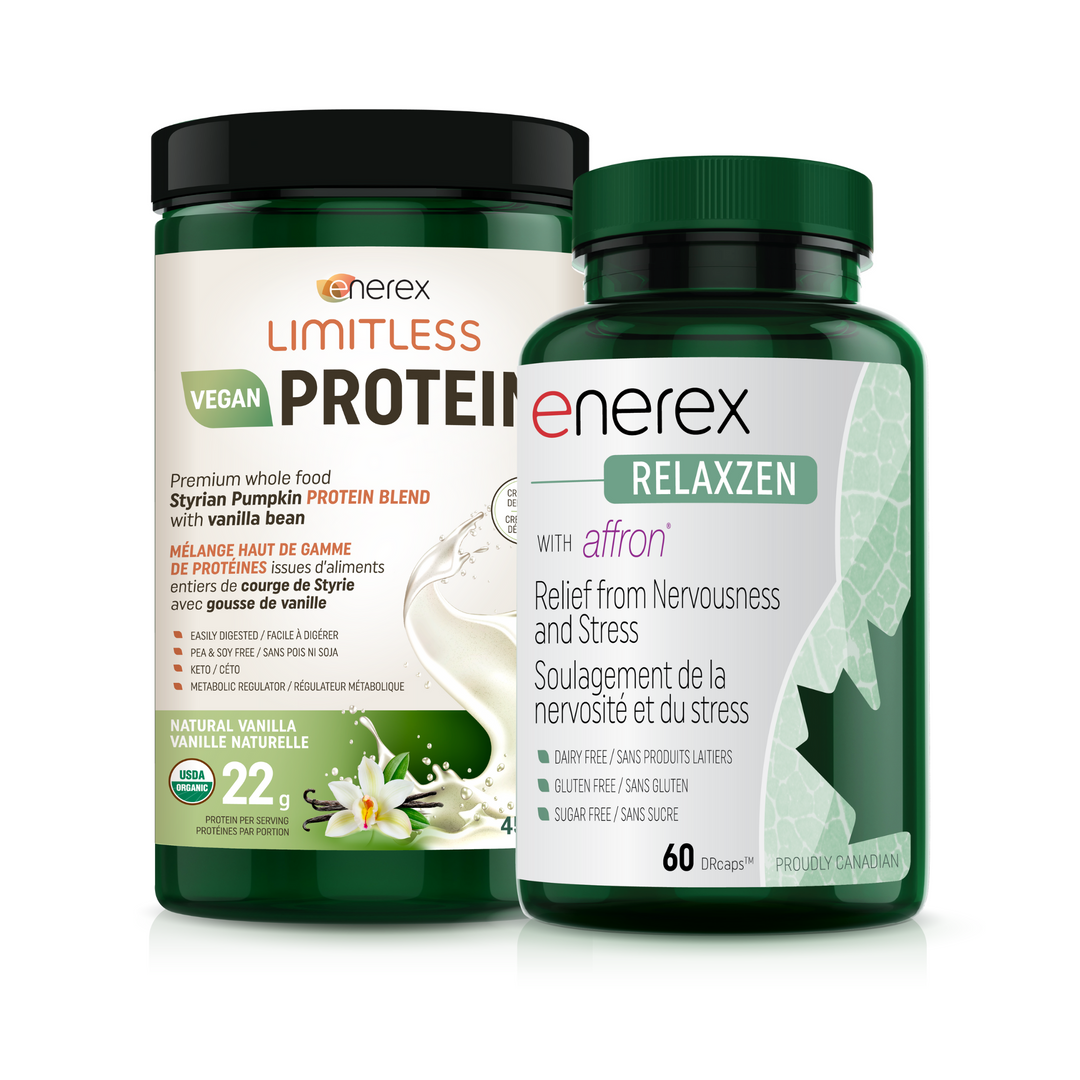
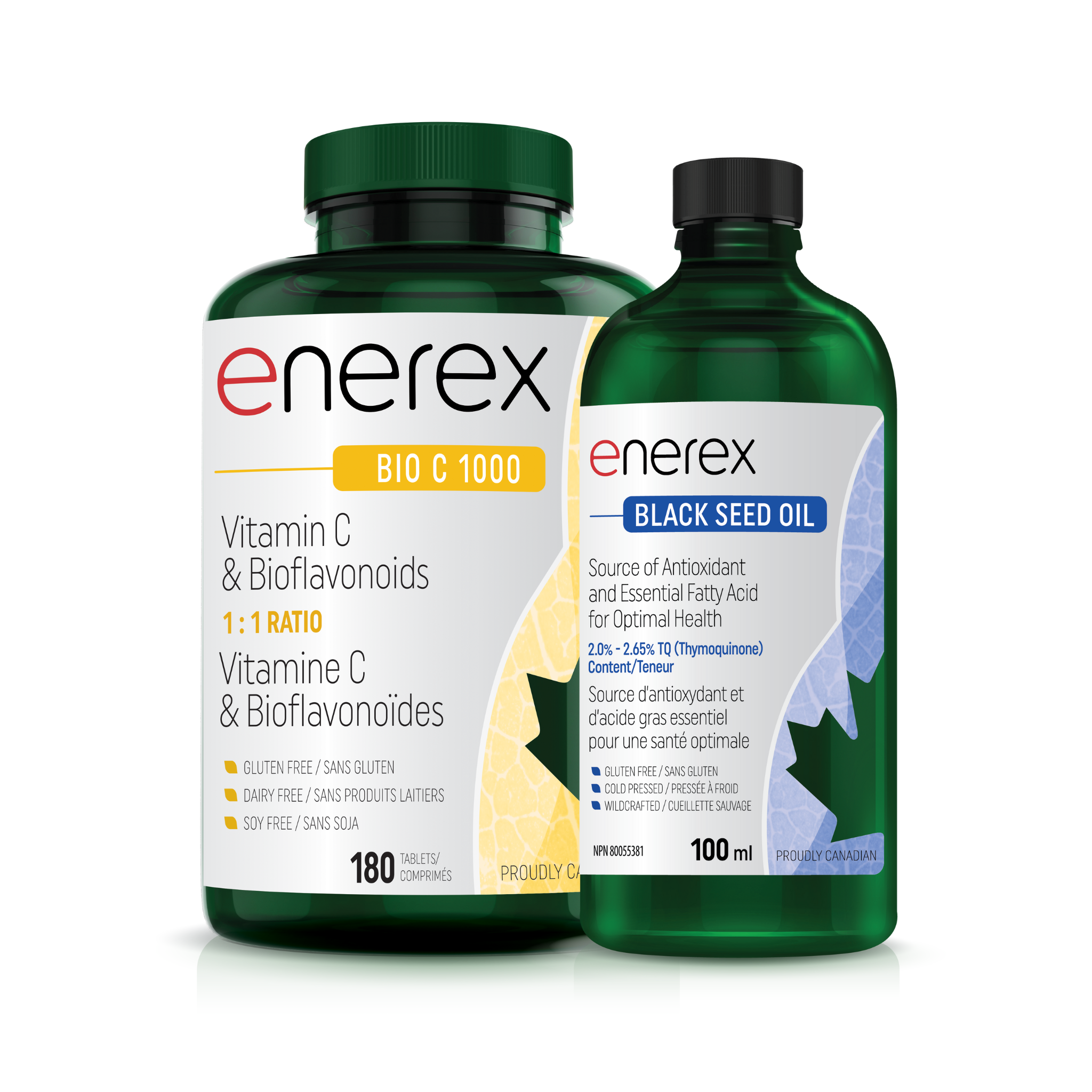
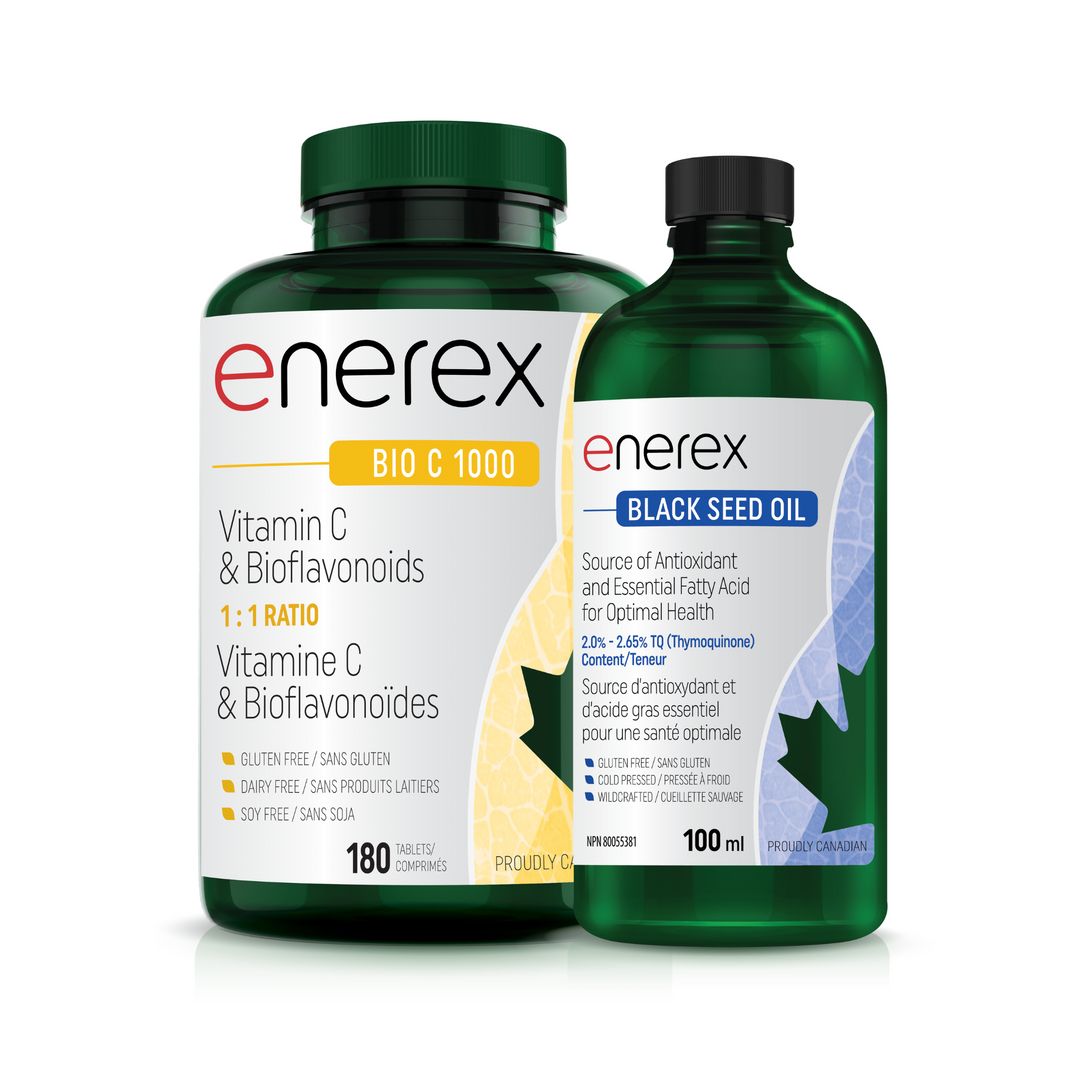
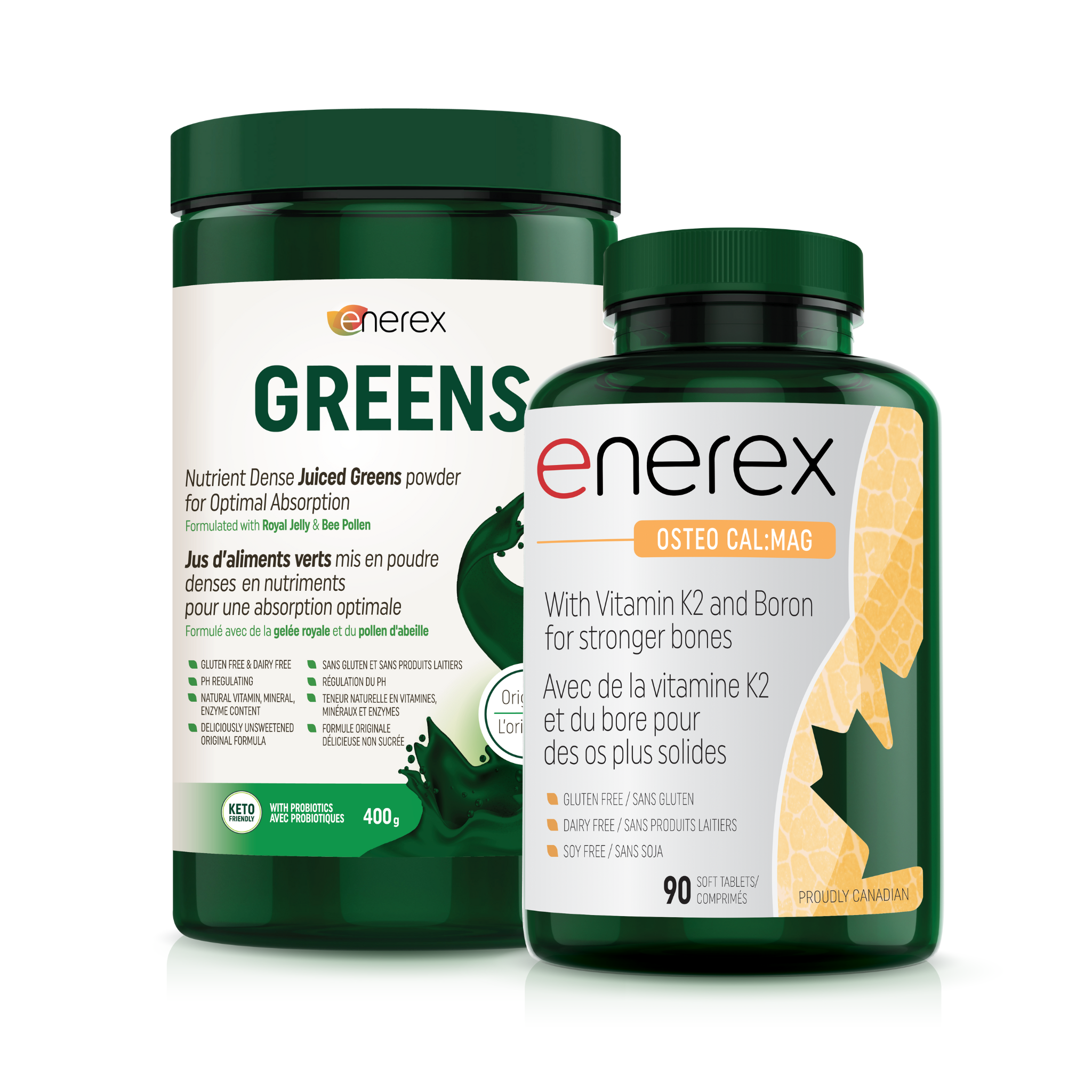
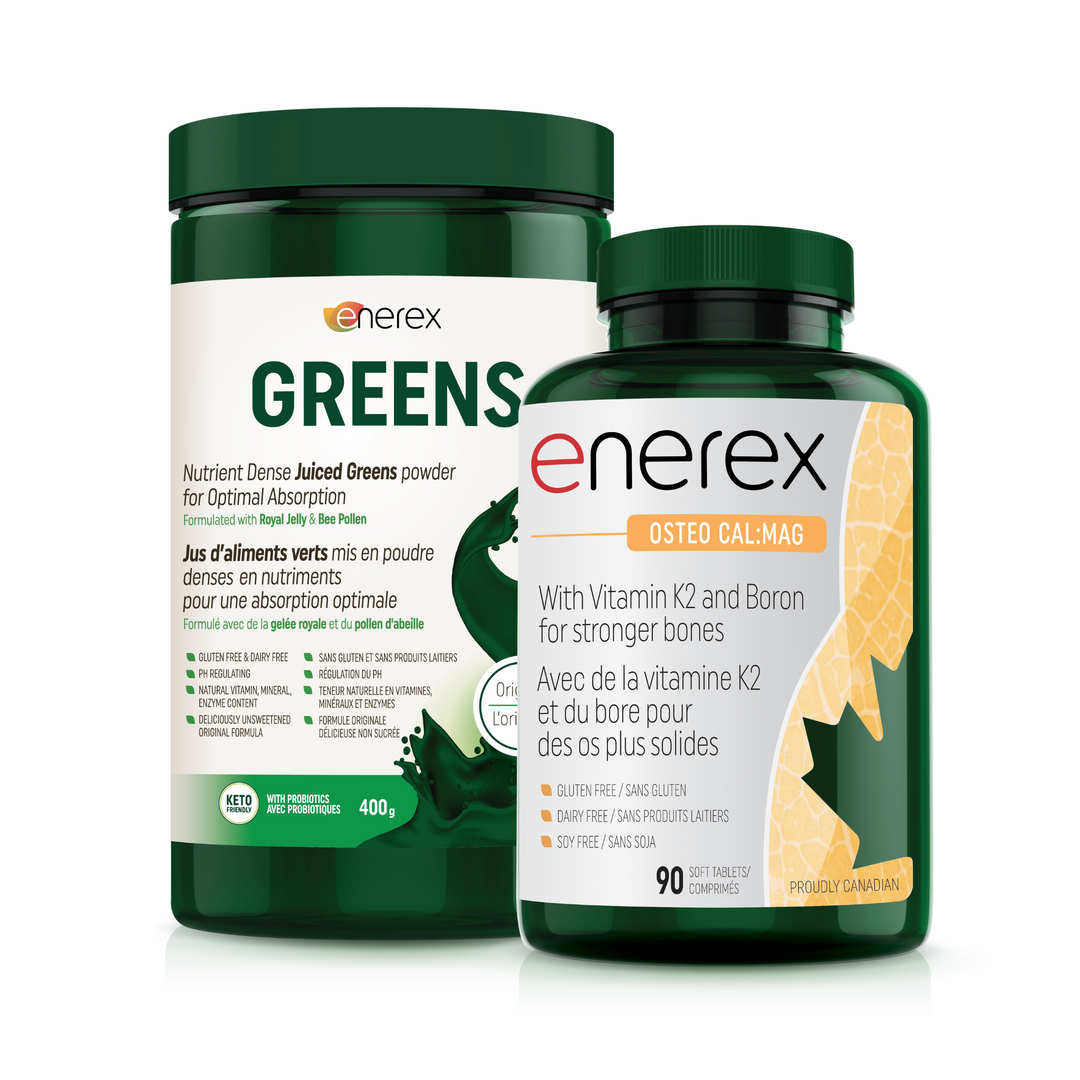
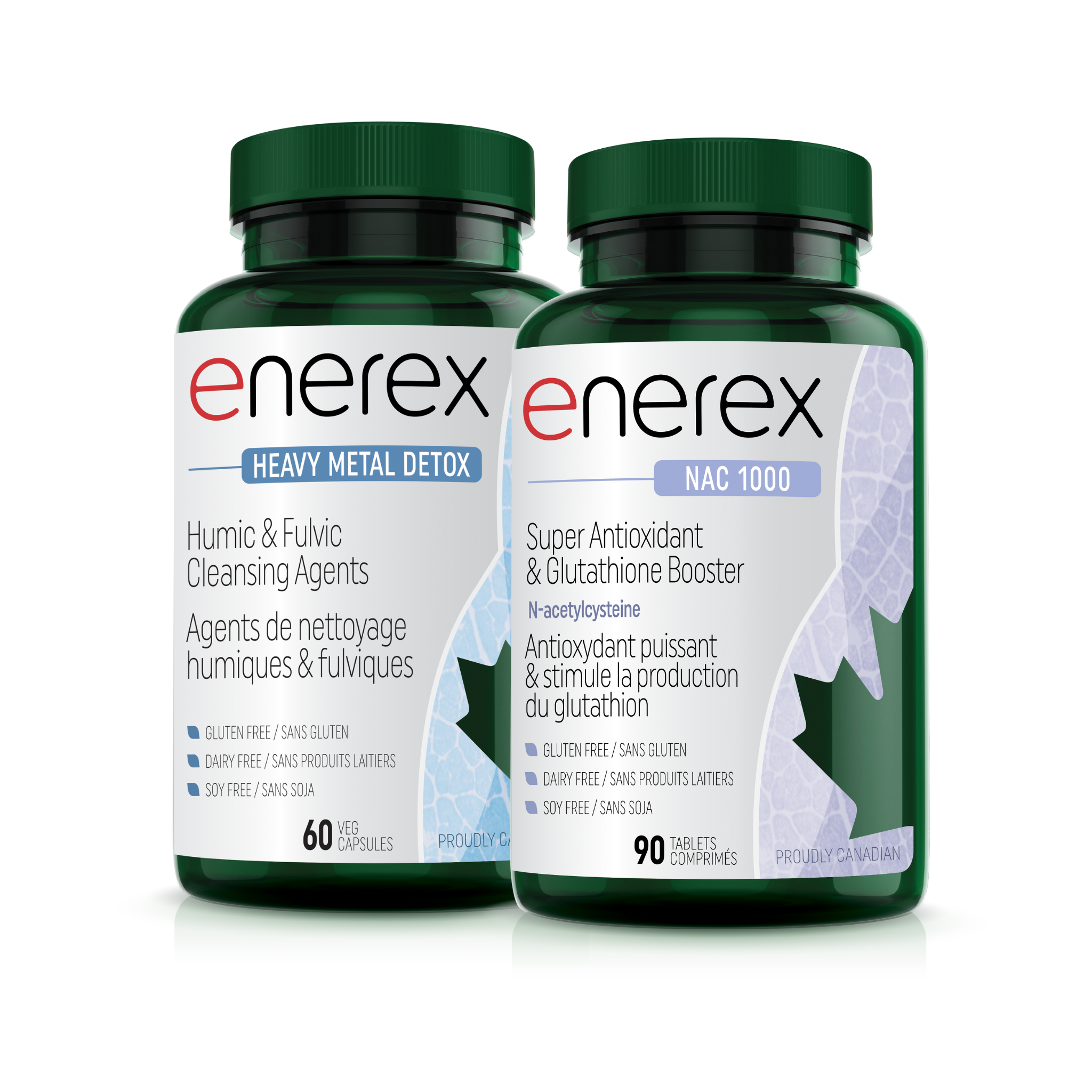
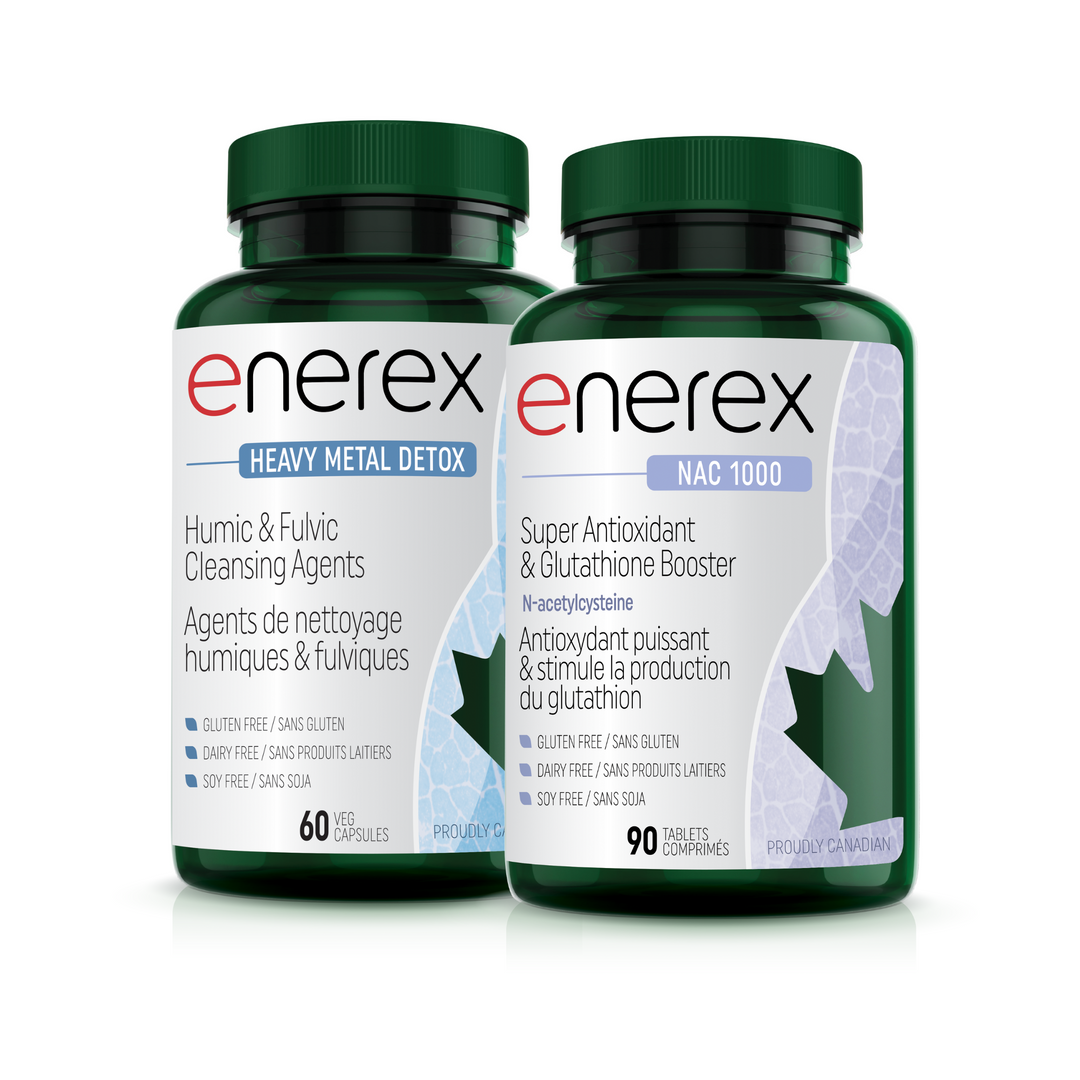
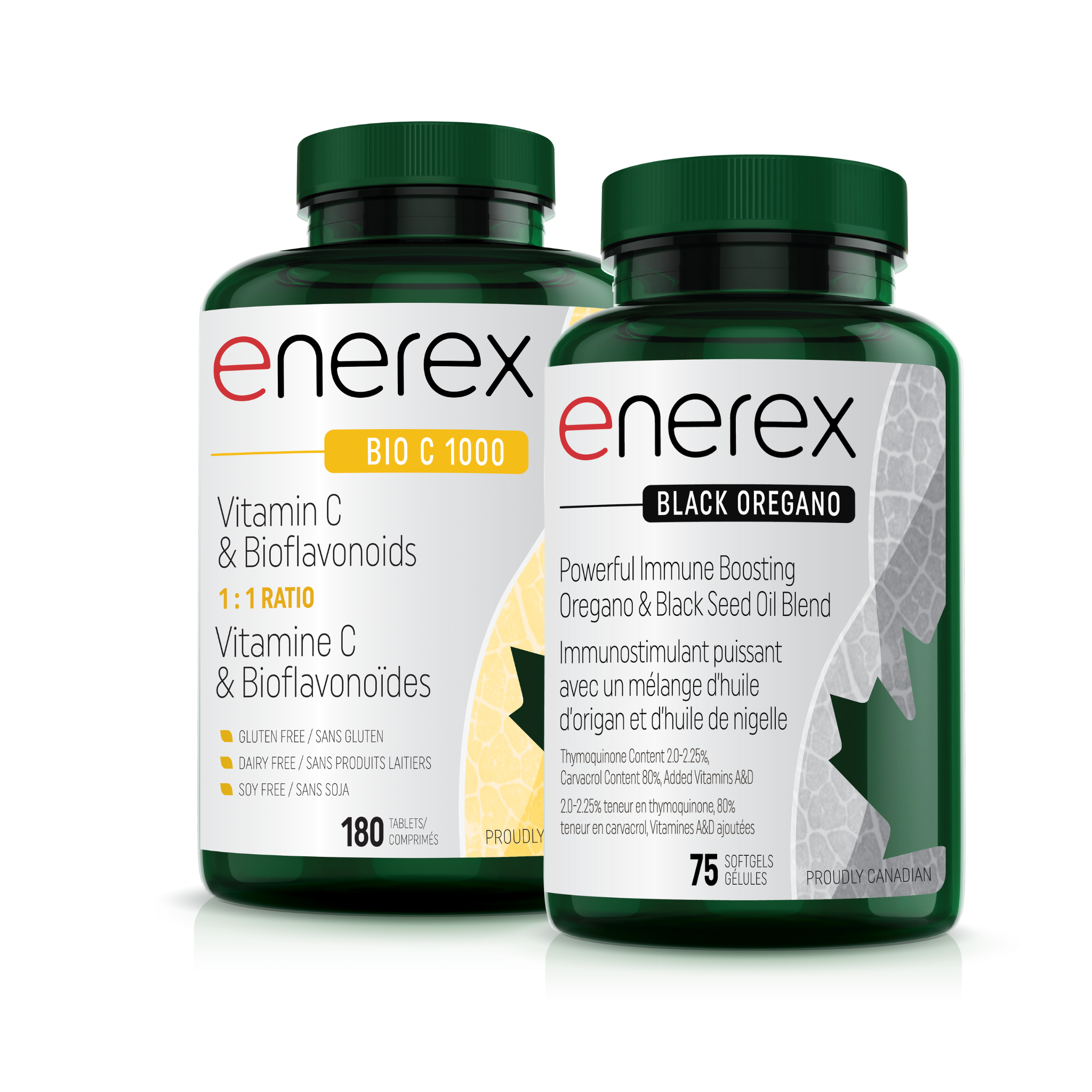
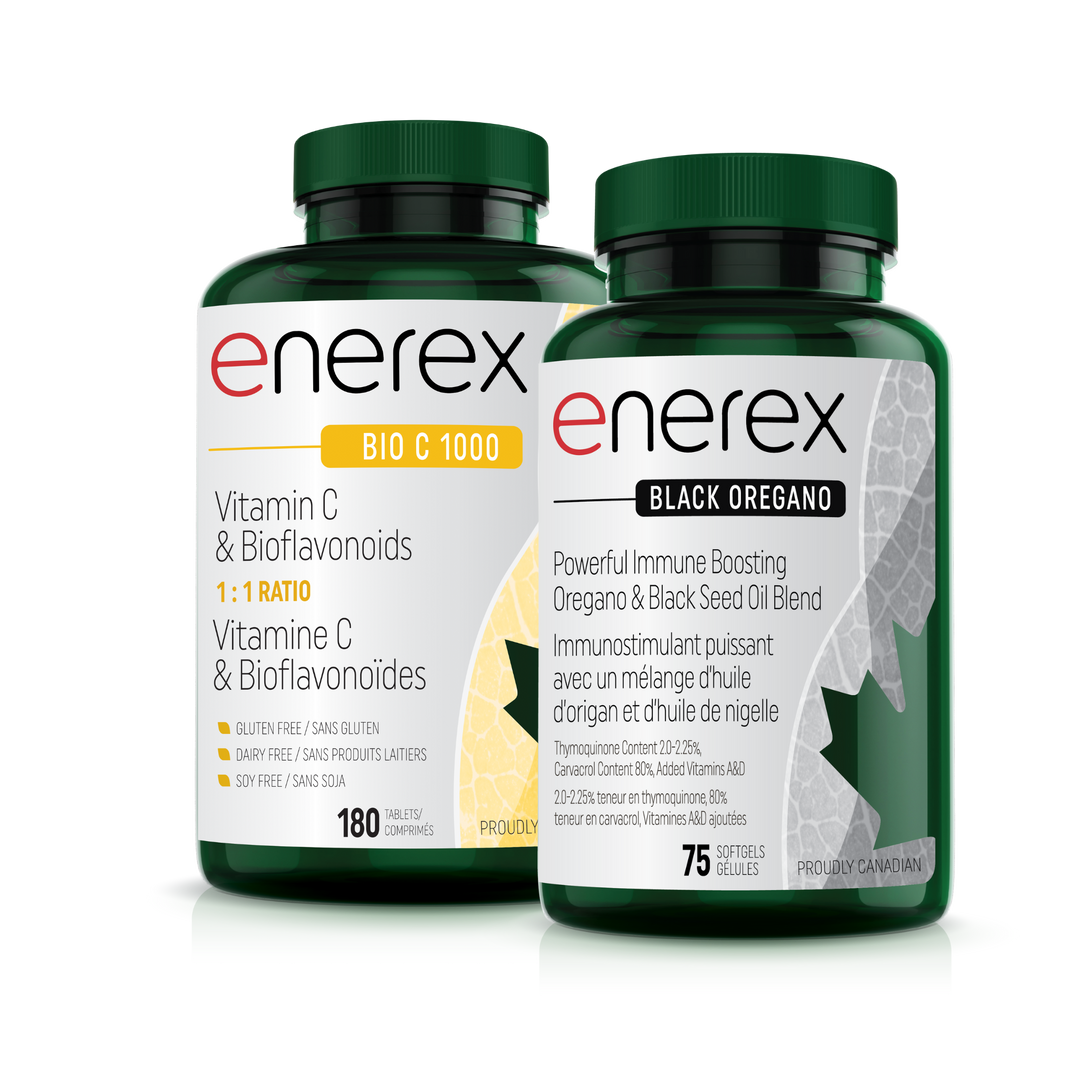
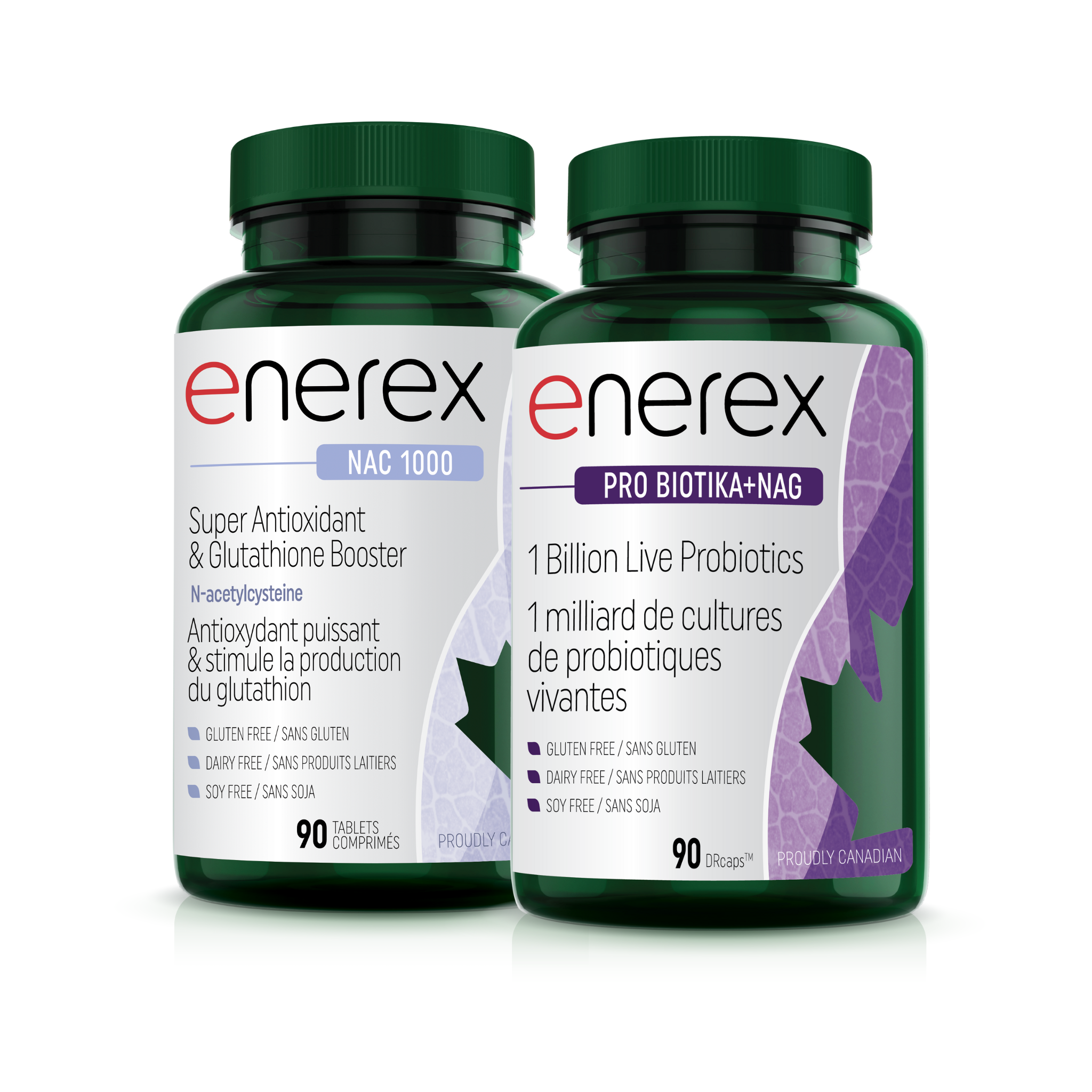
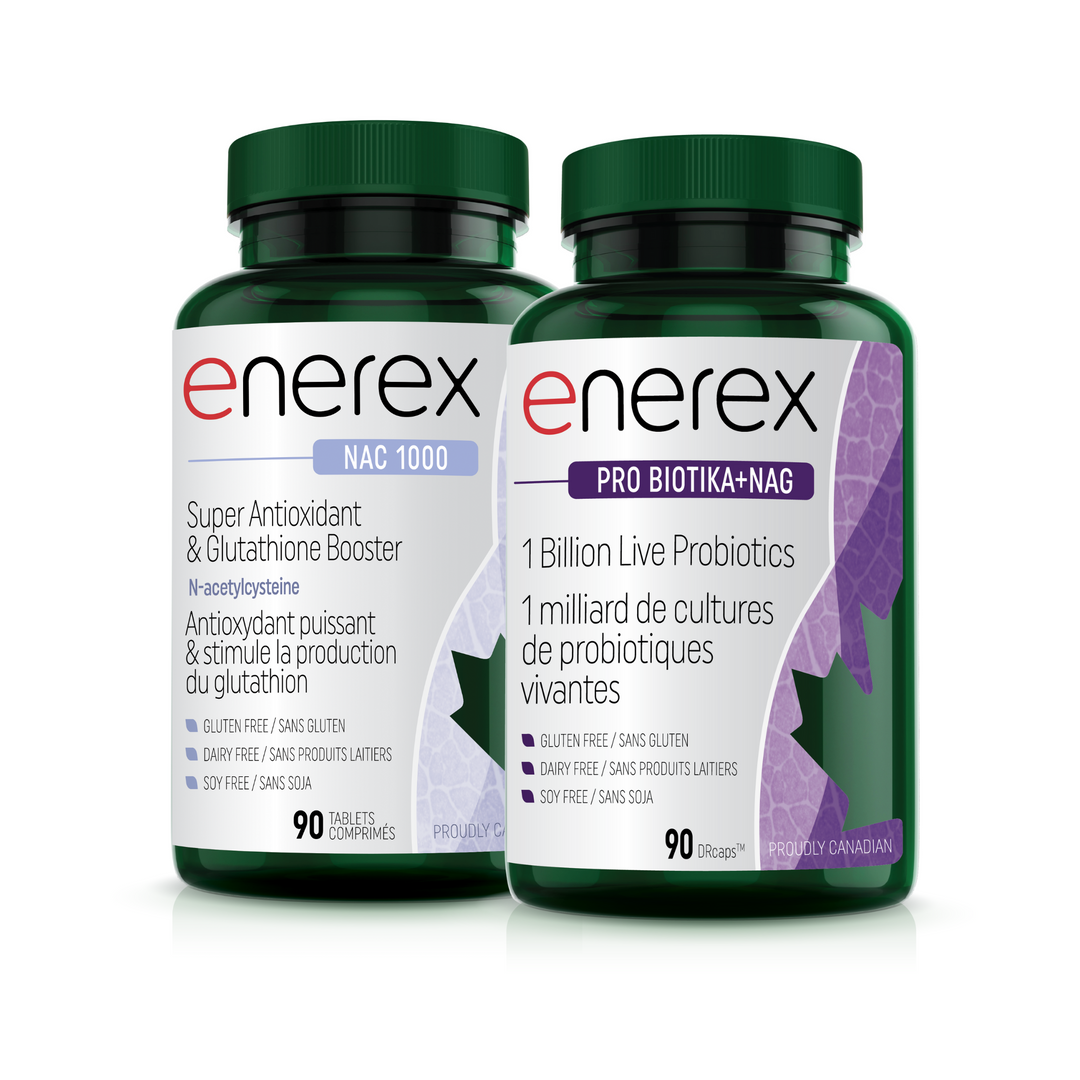
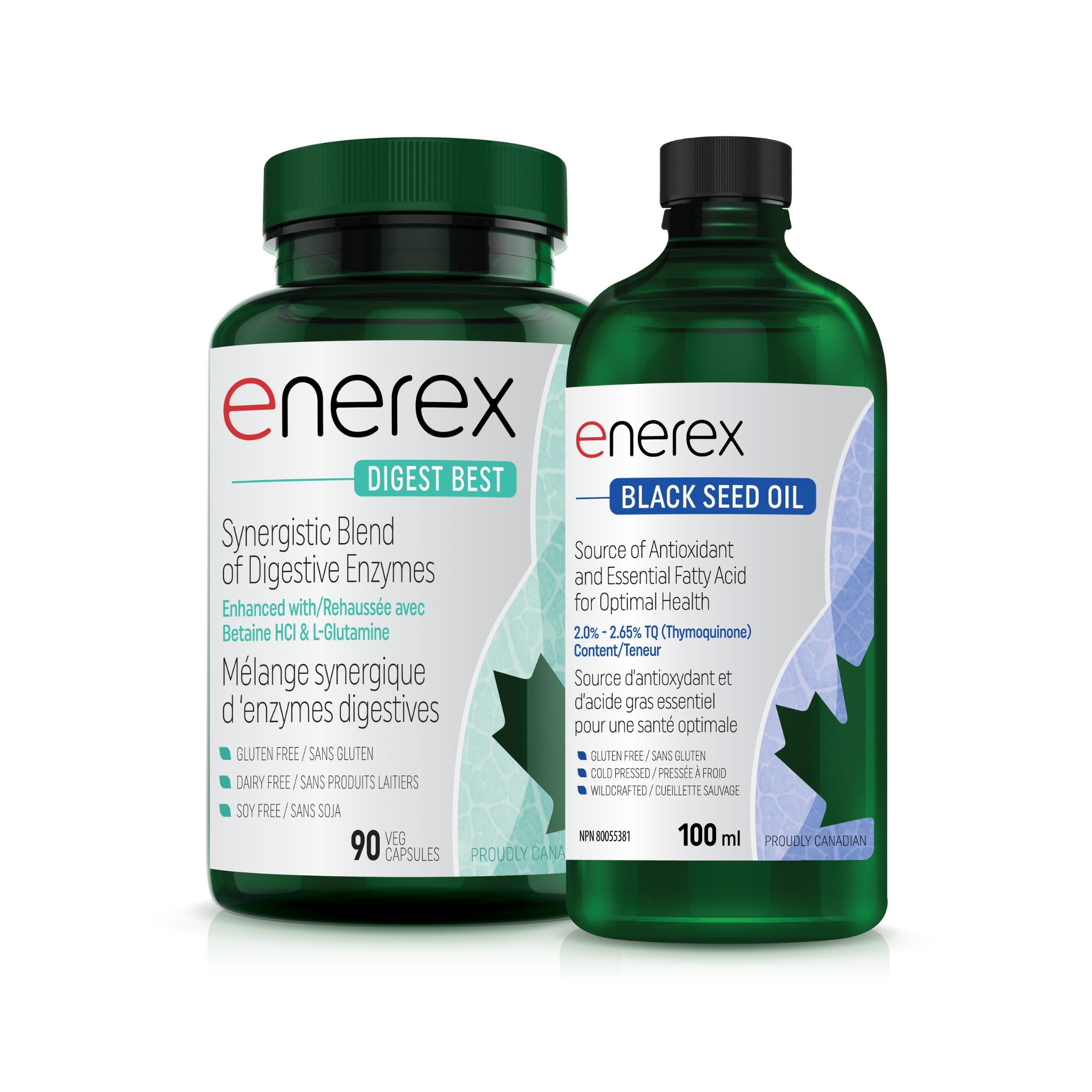
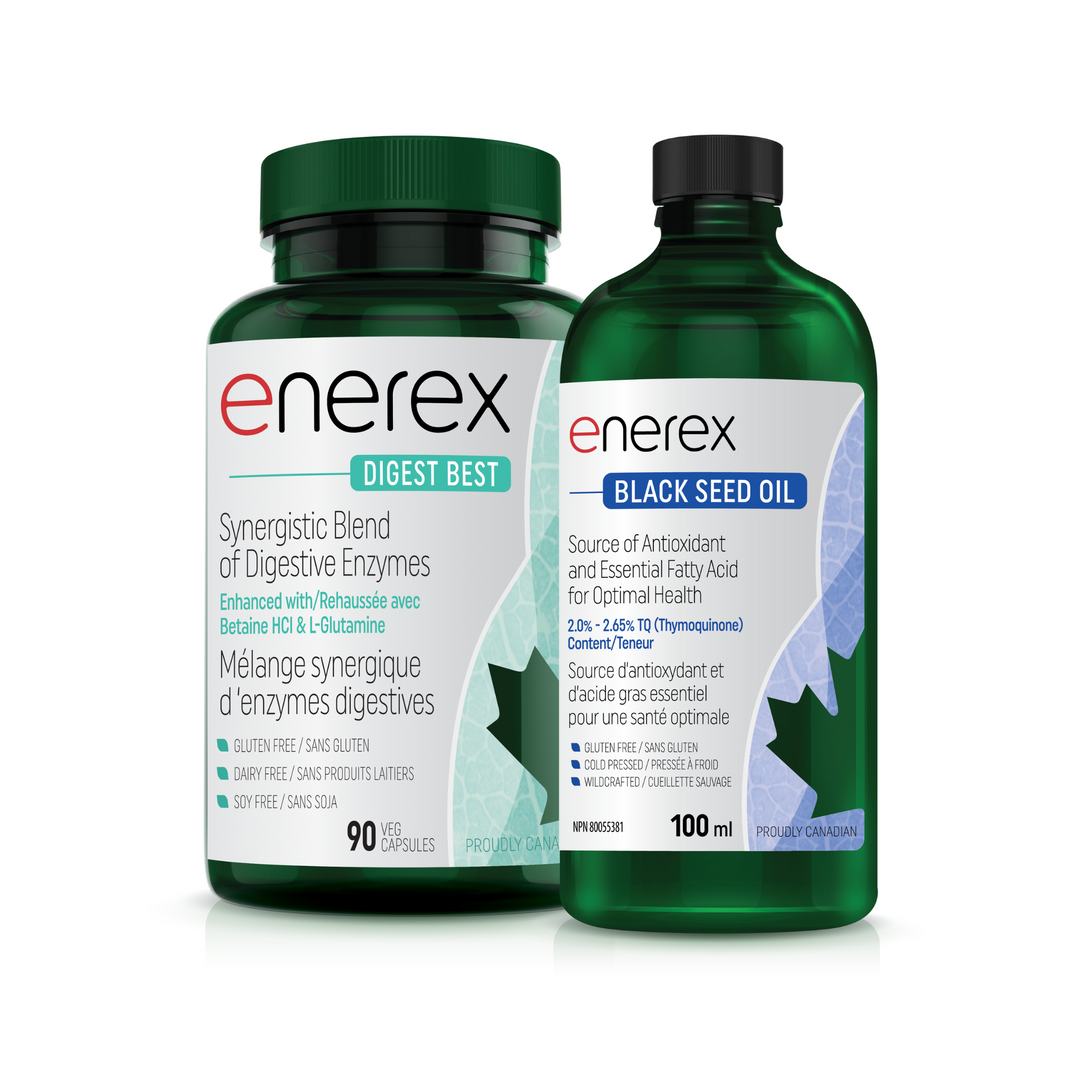
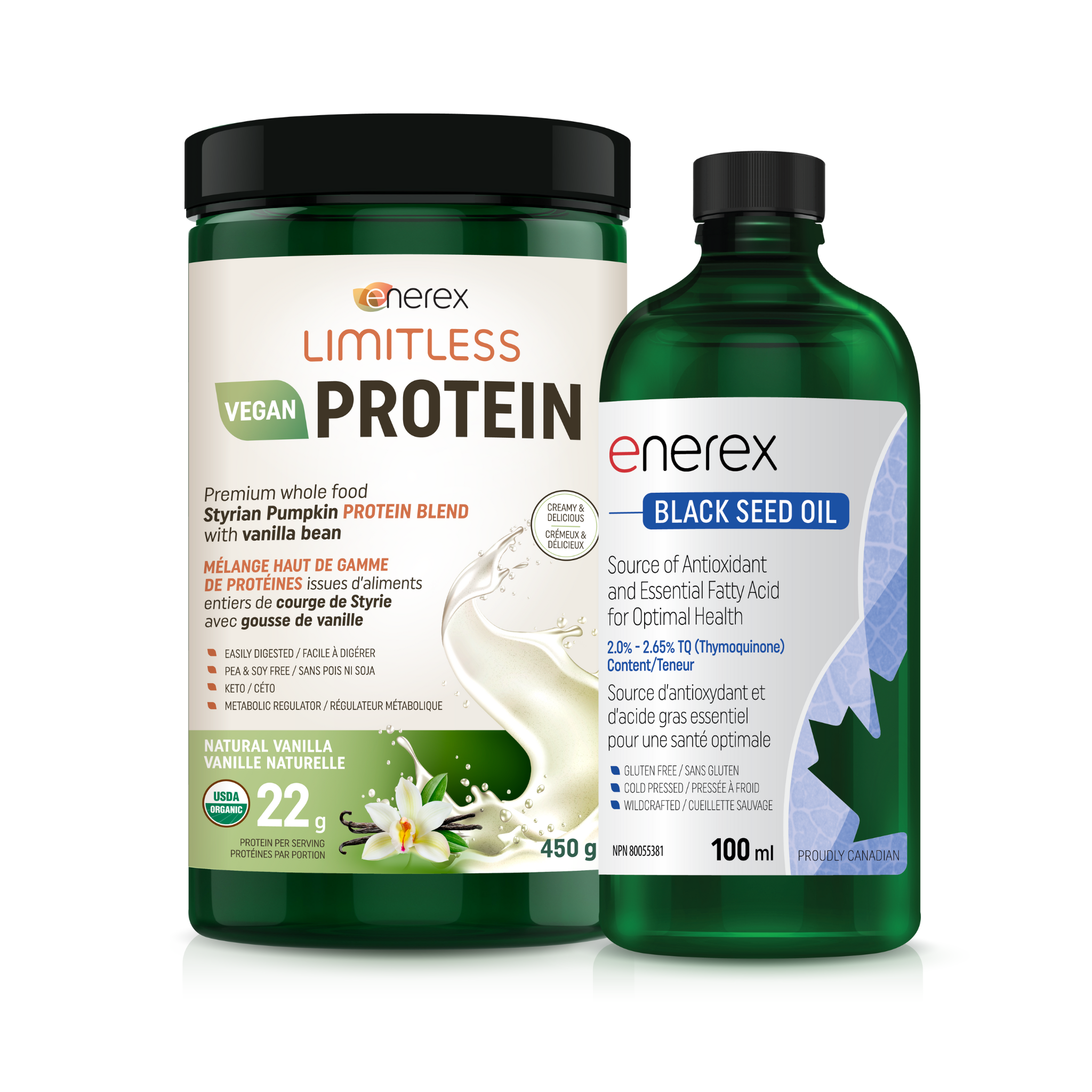
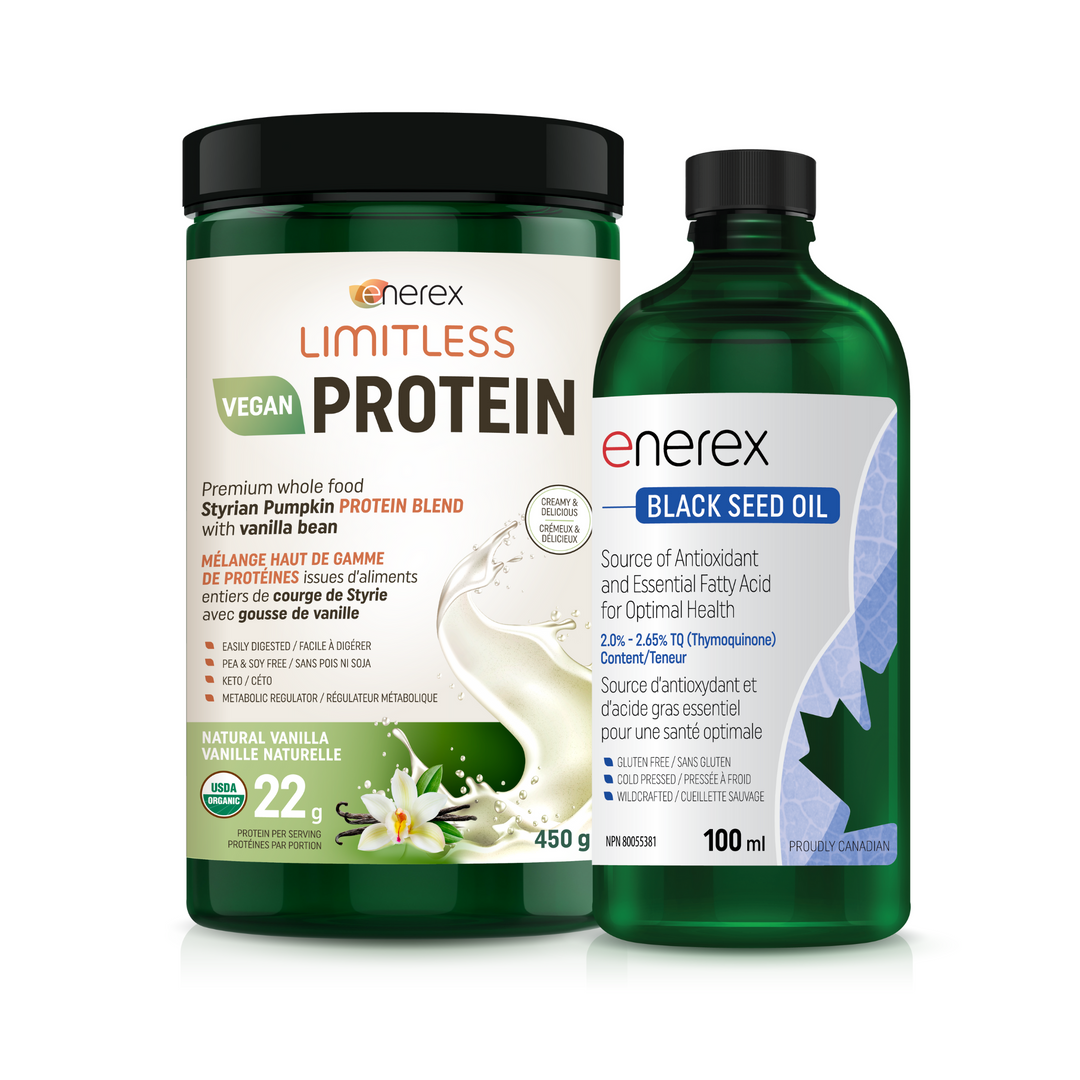
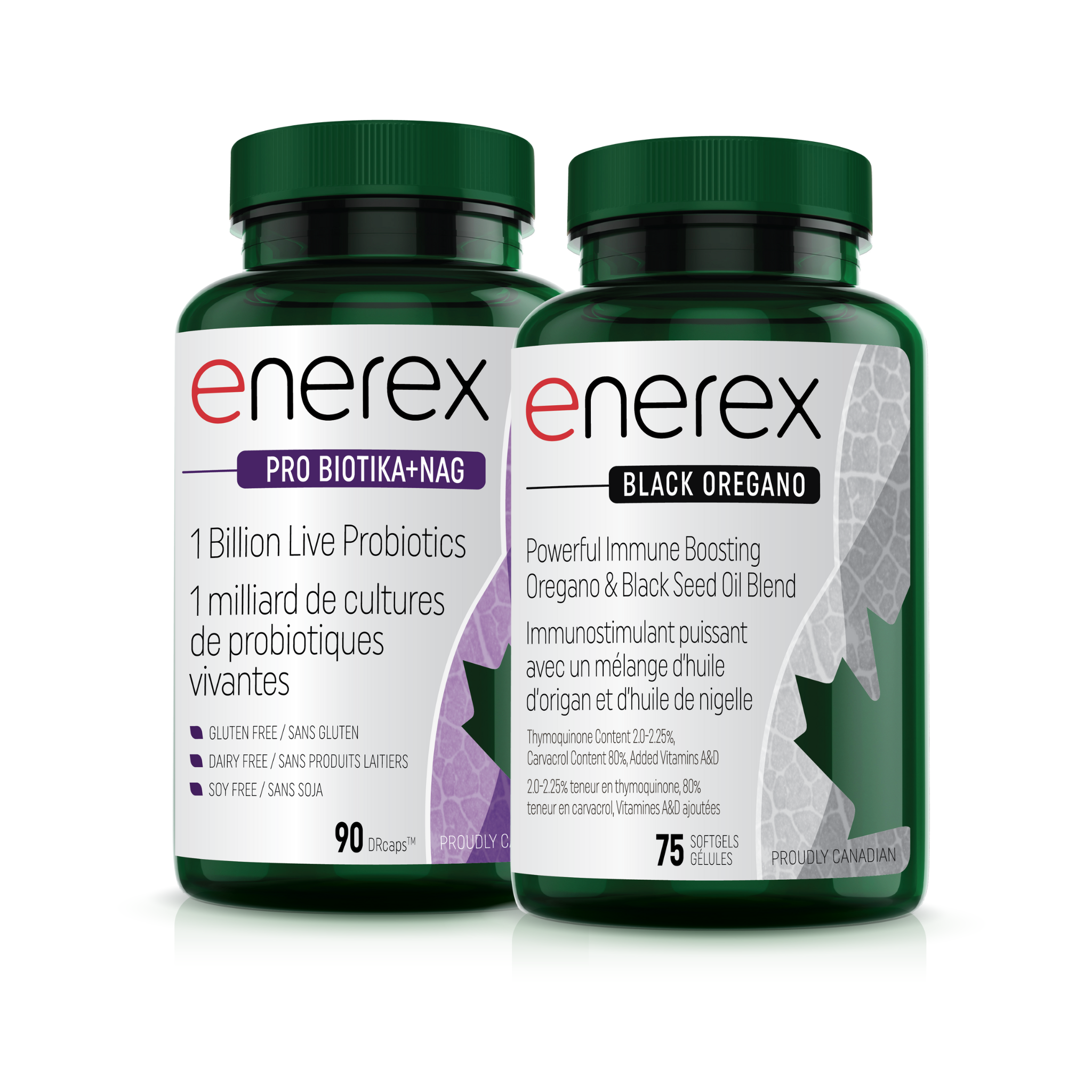
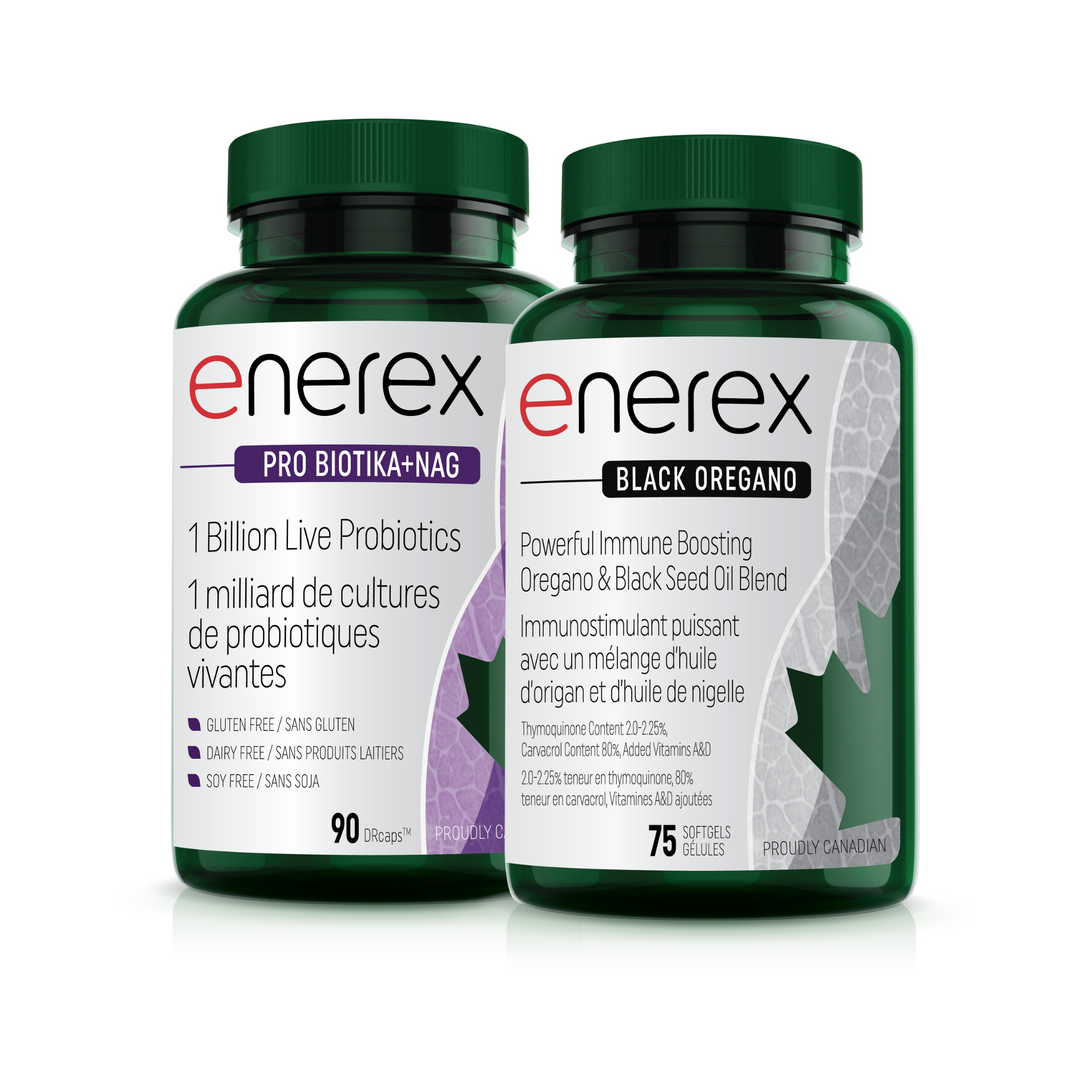
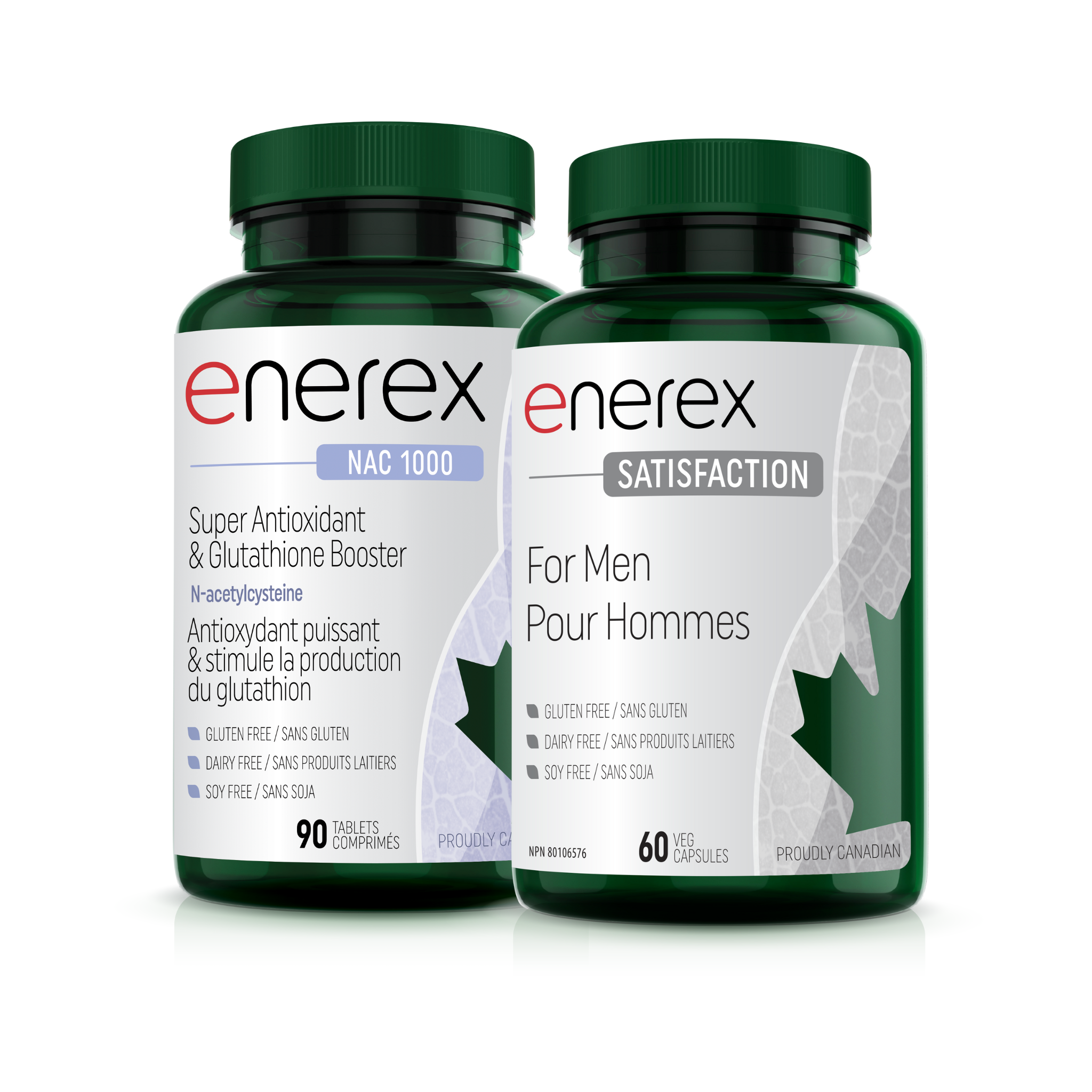
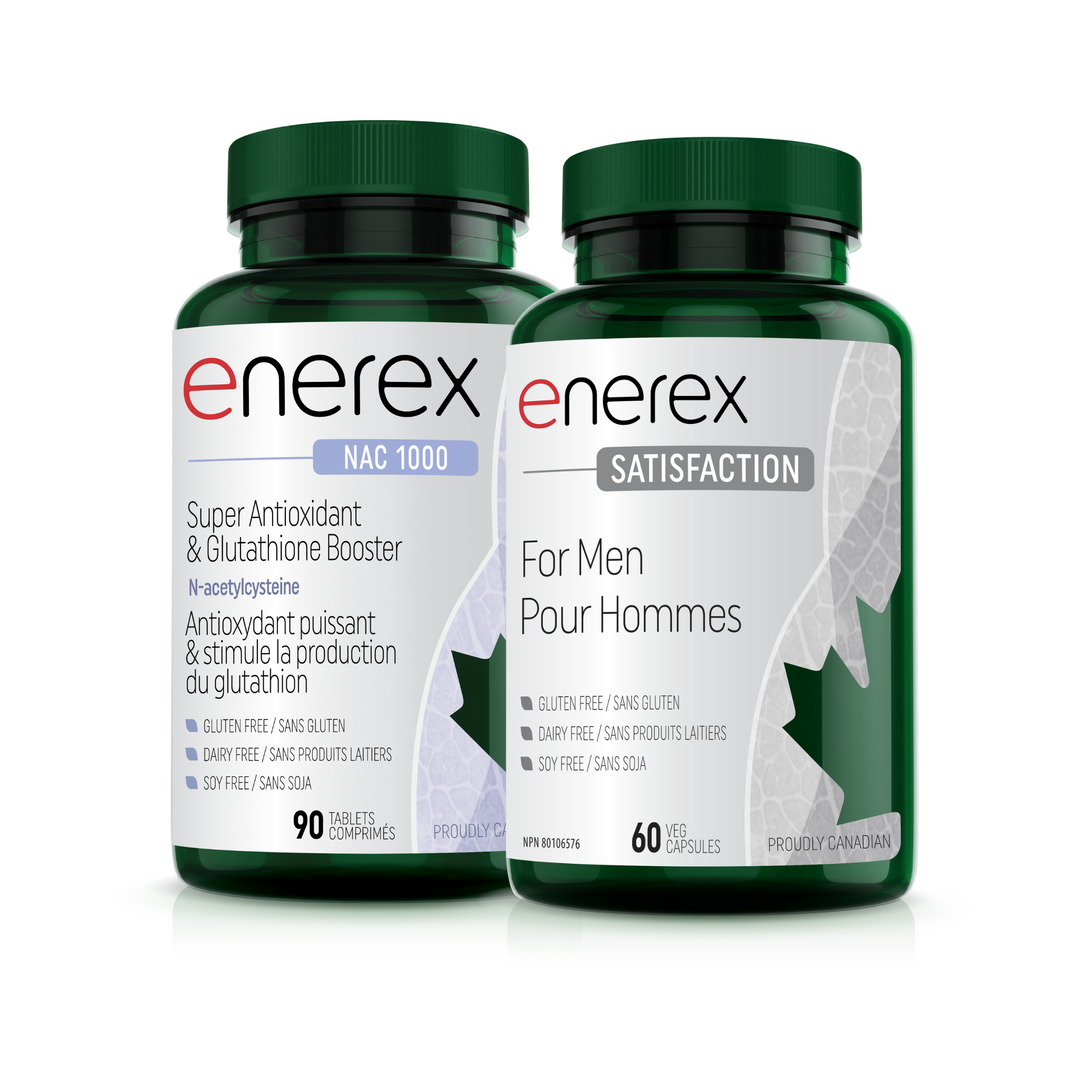
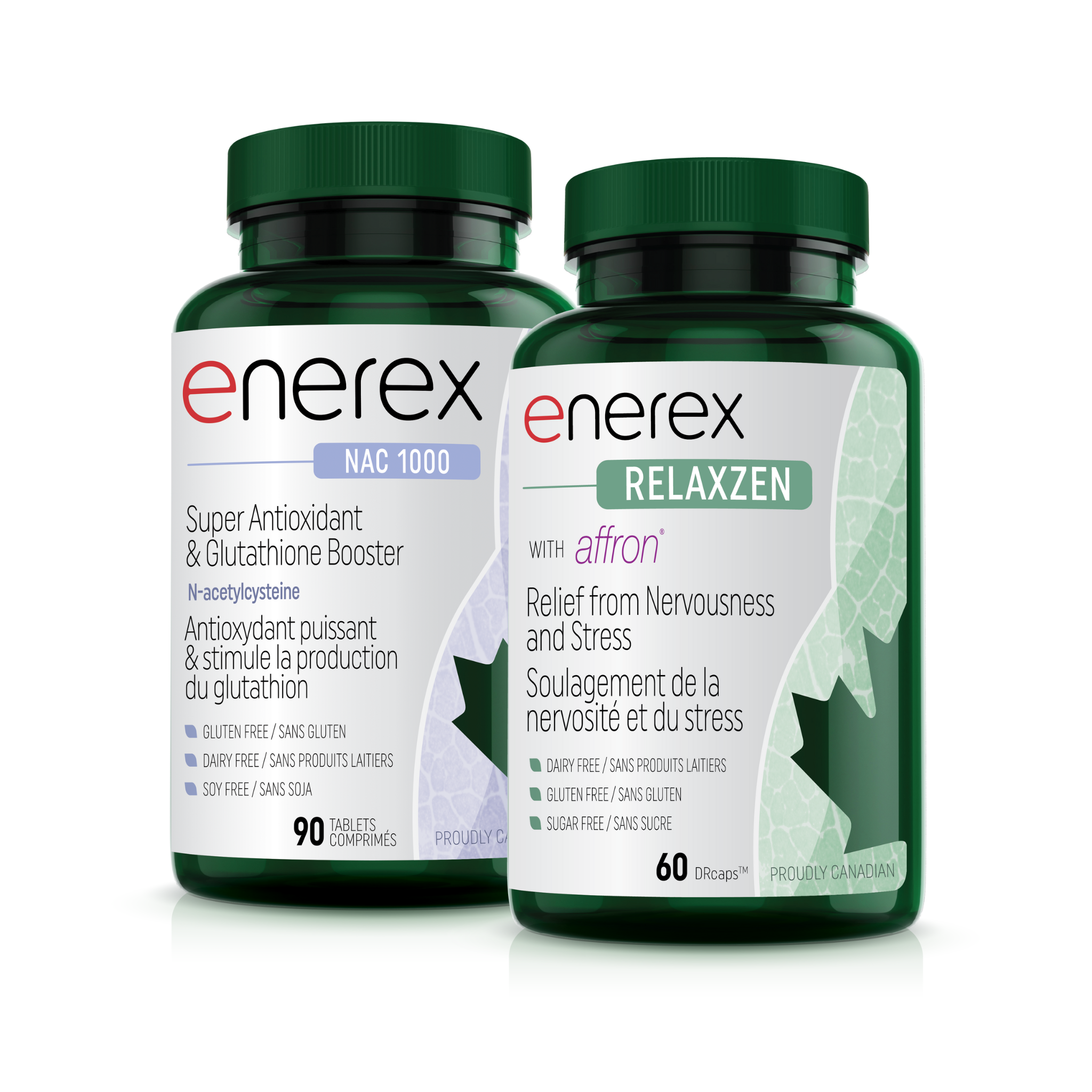
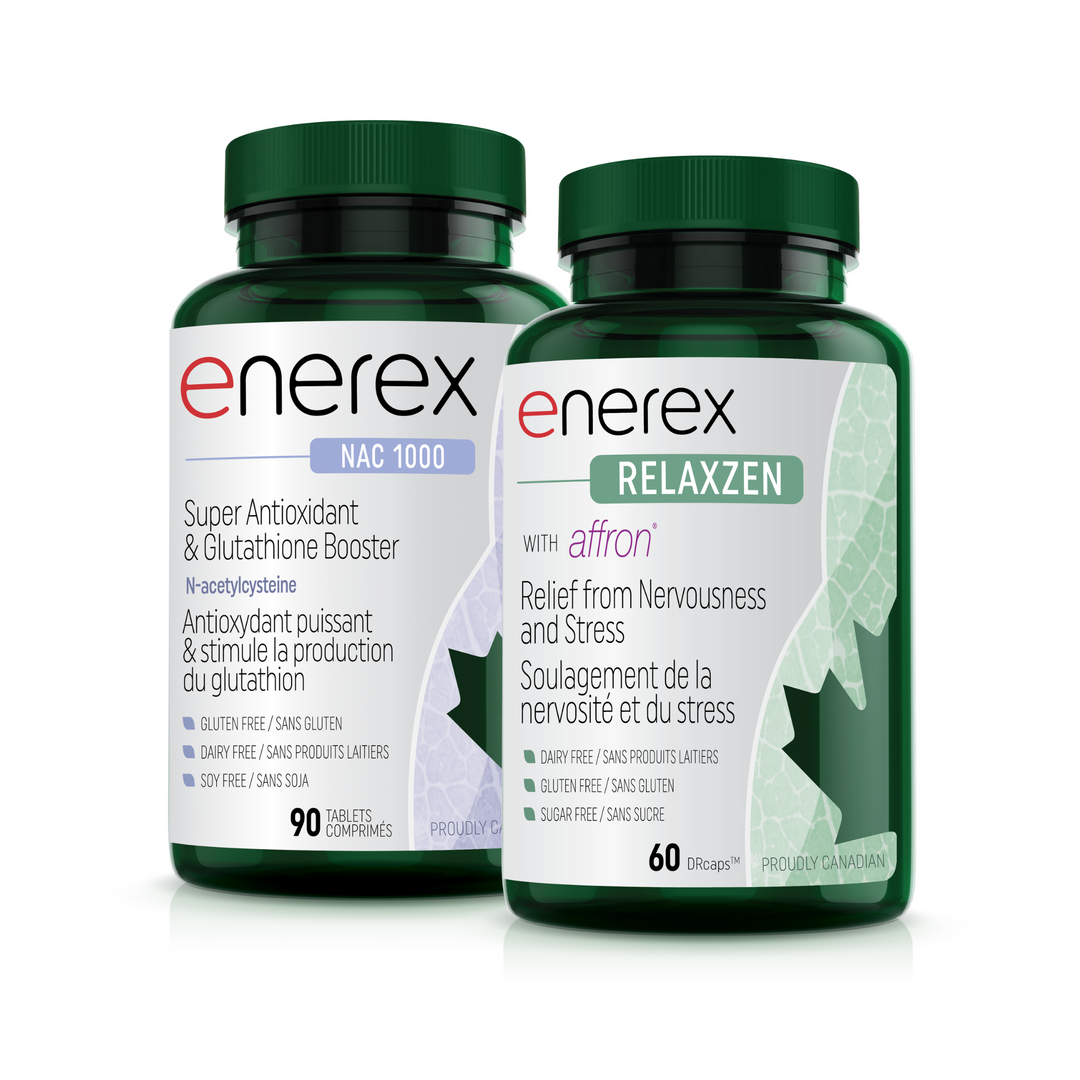
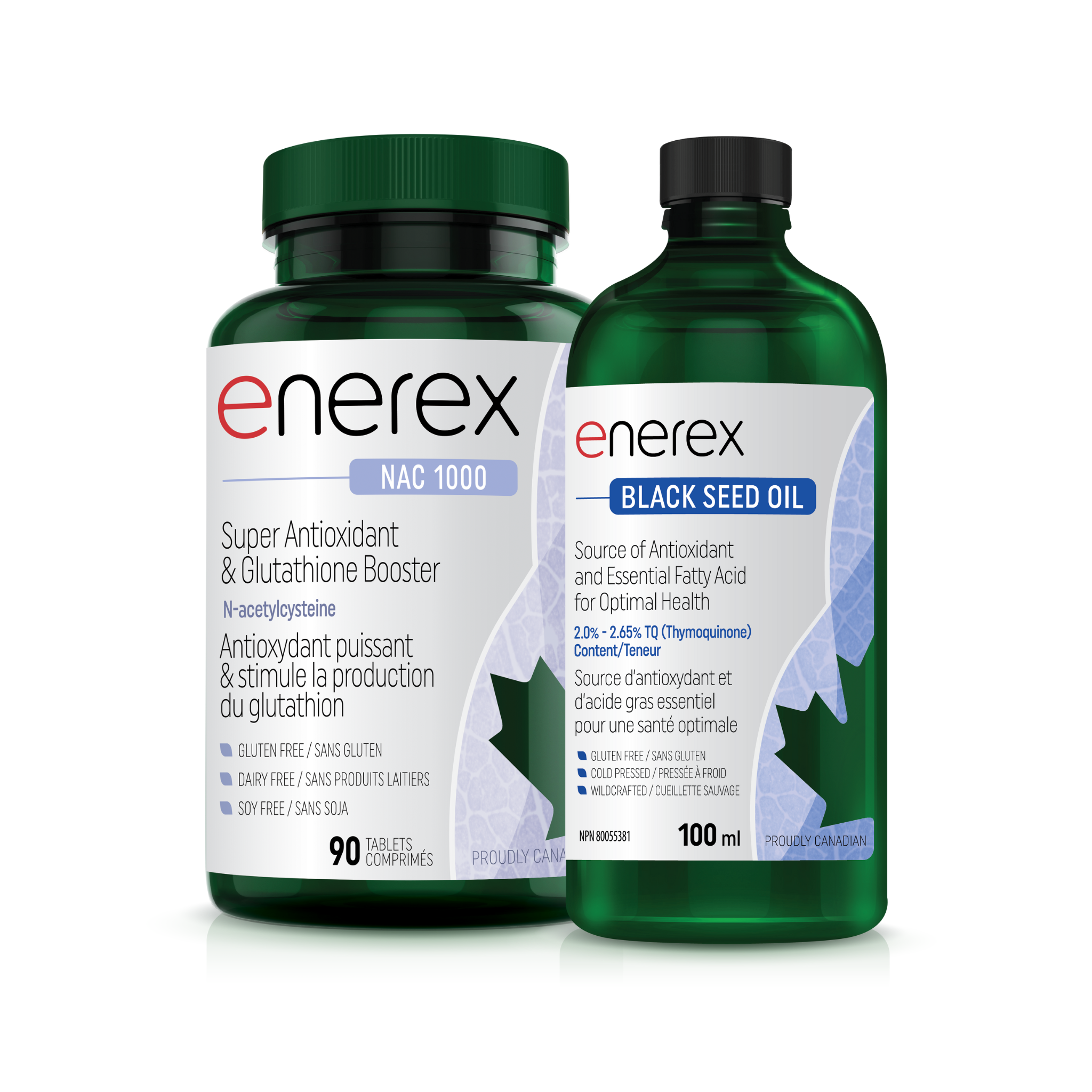
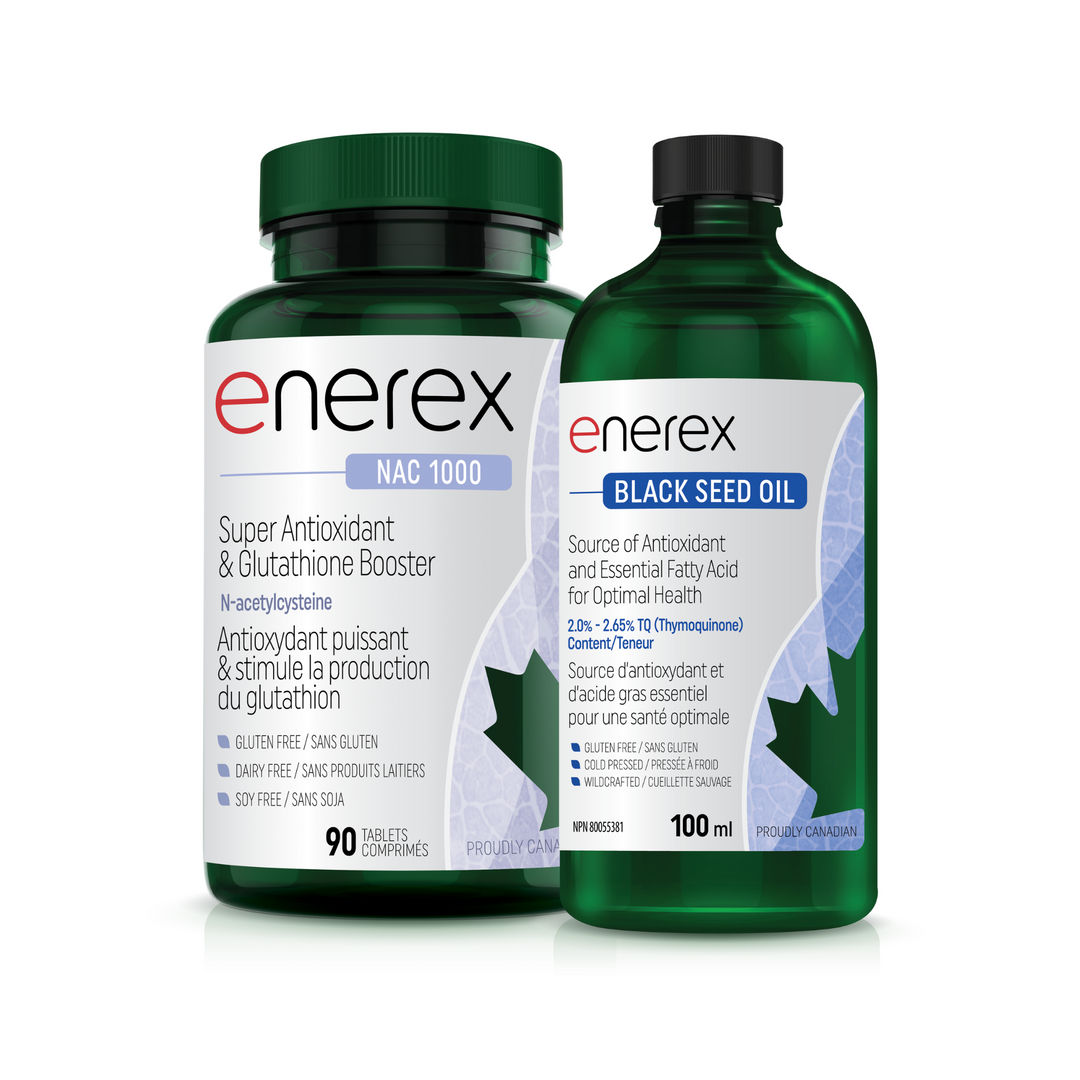
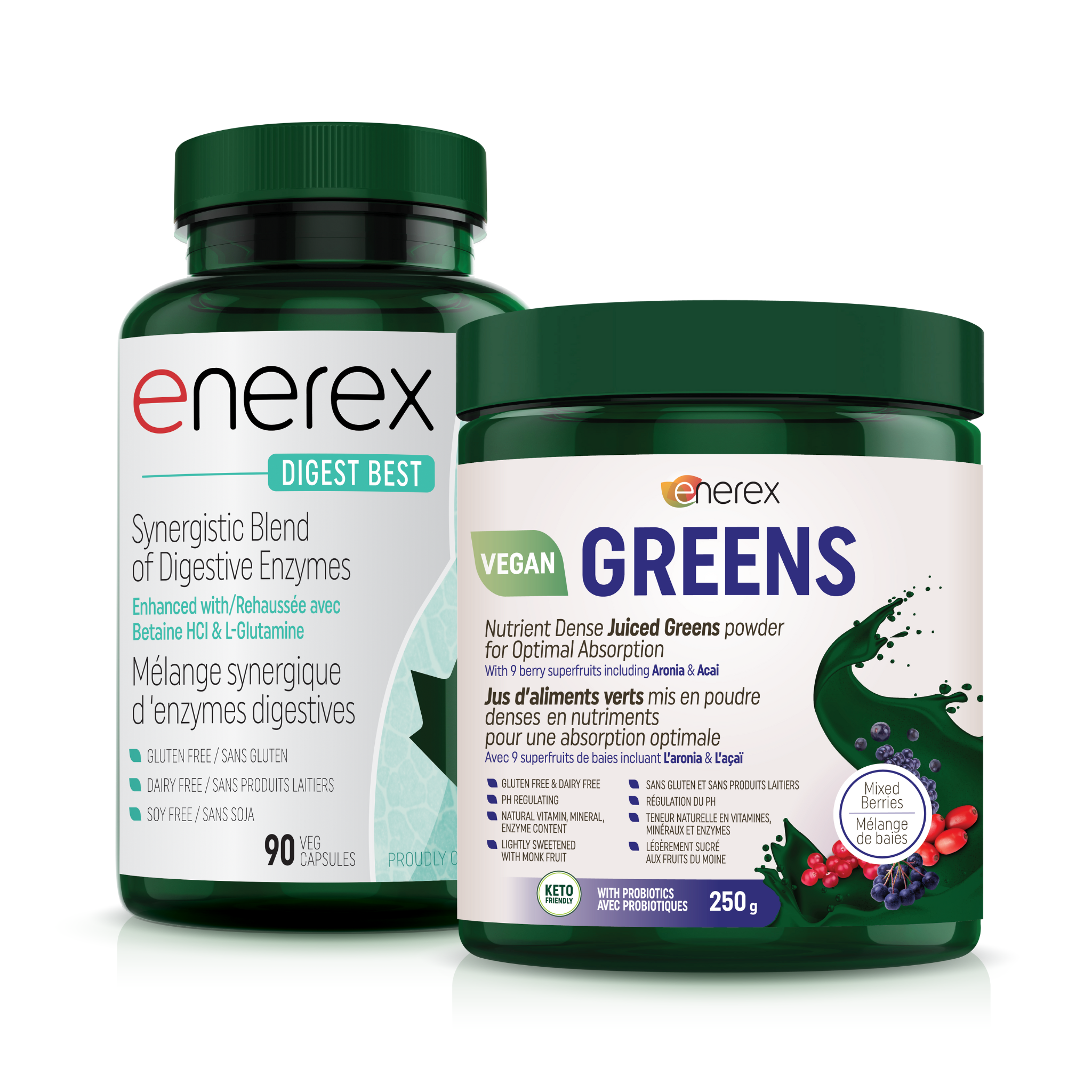
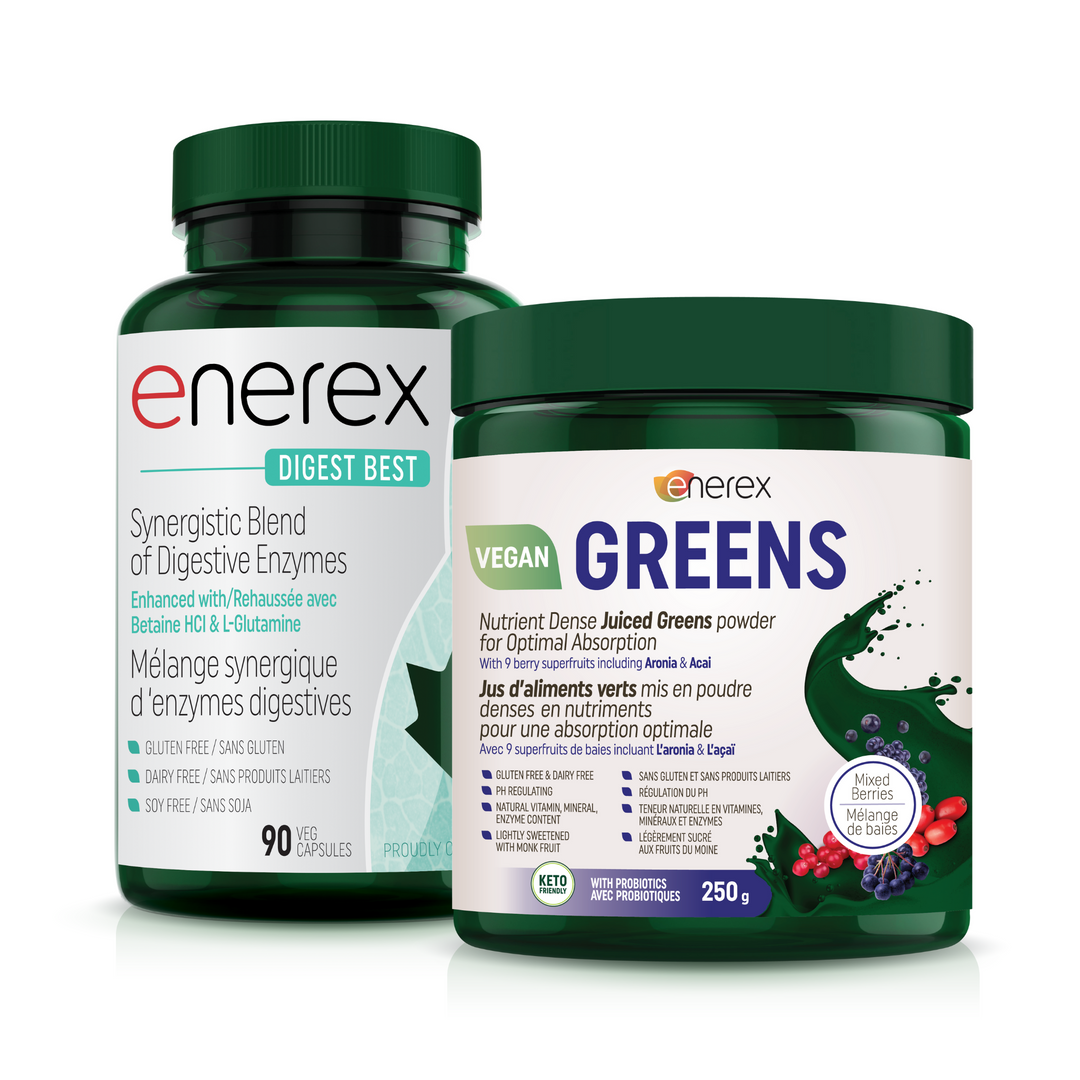
Leave a comment